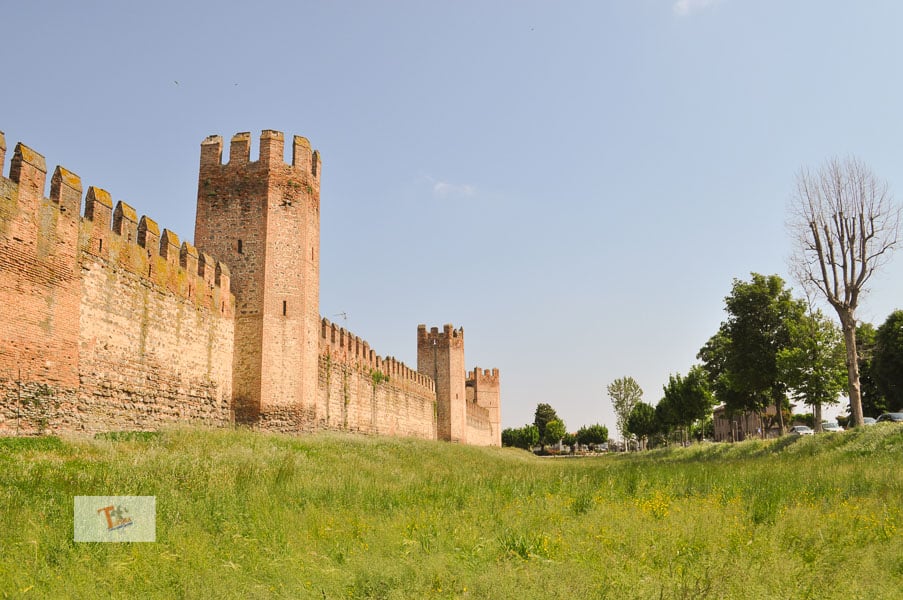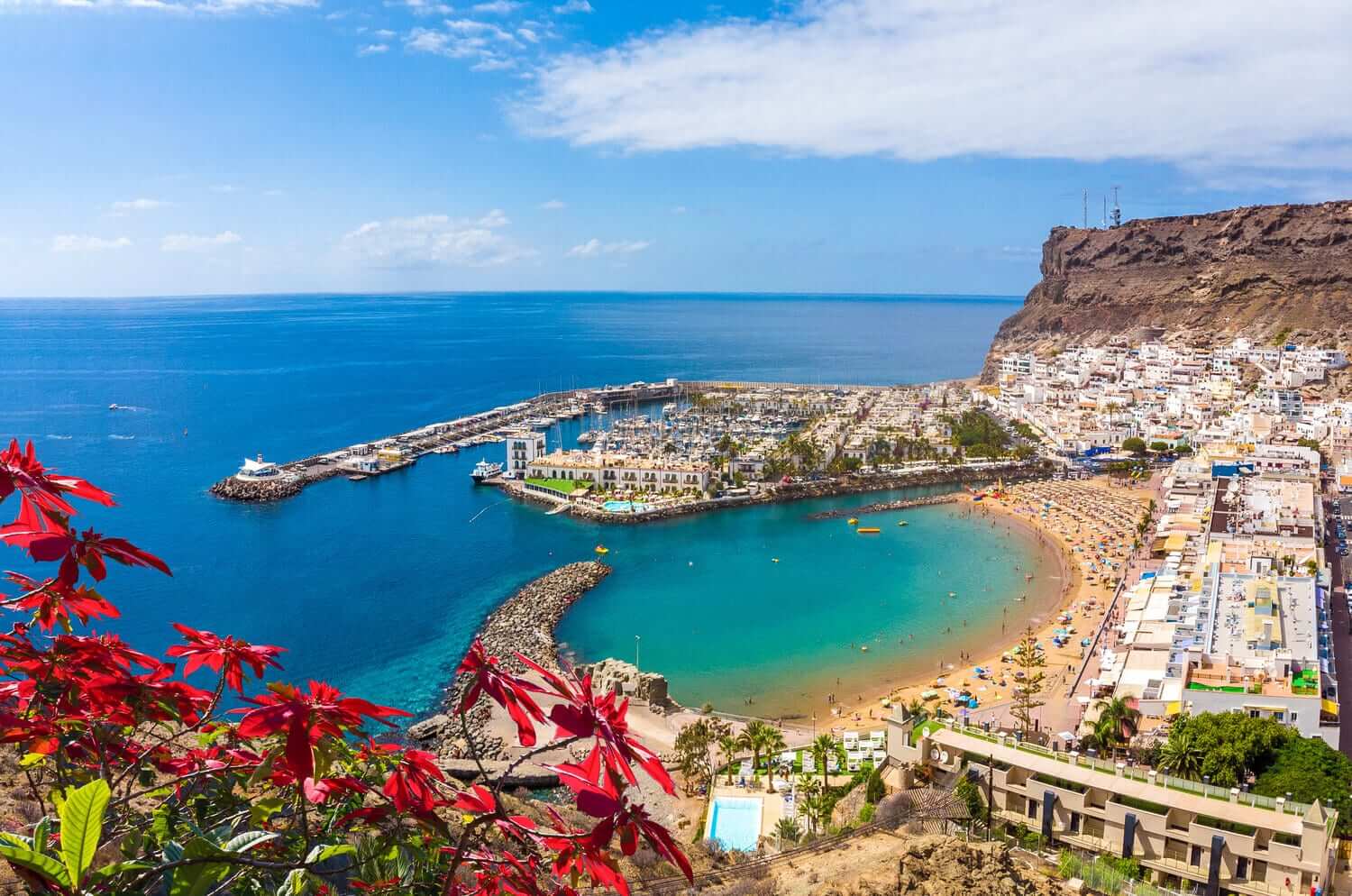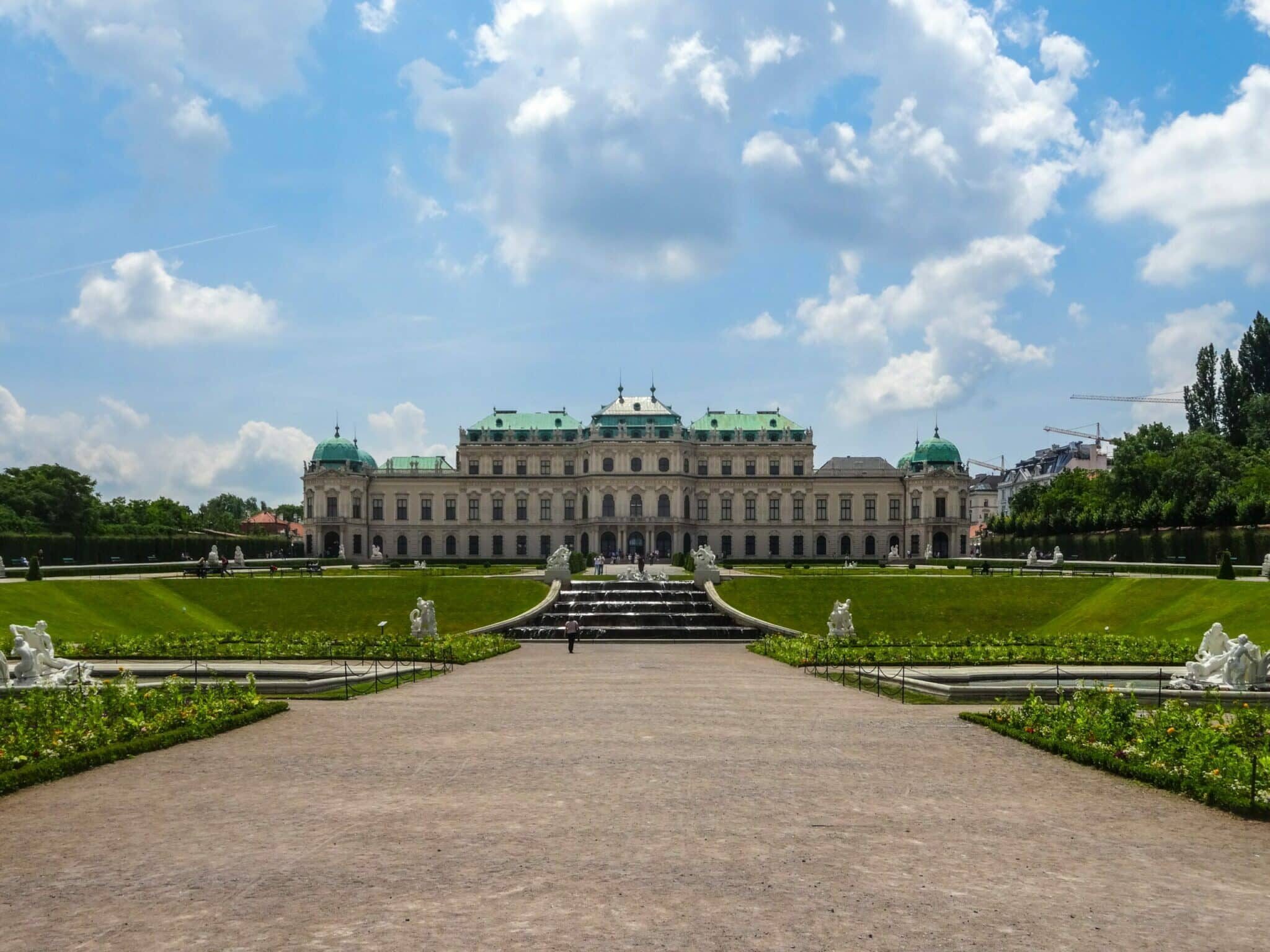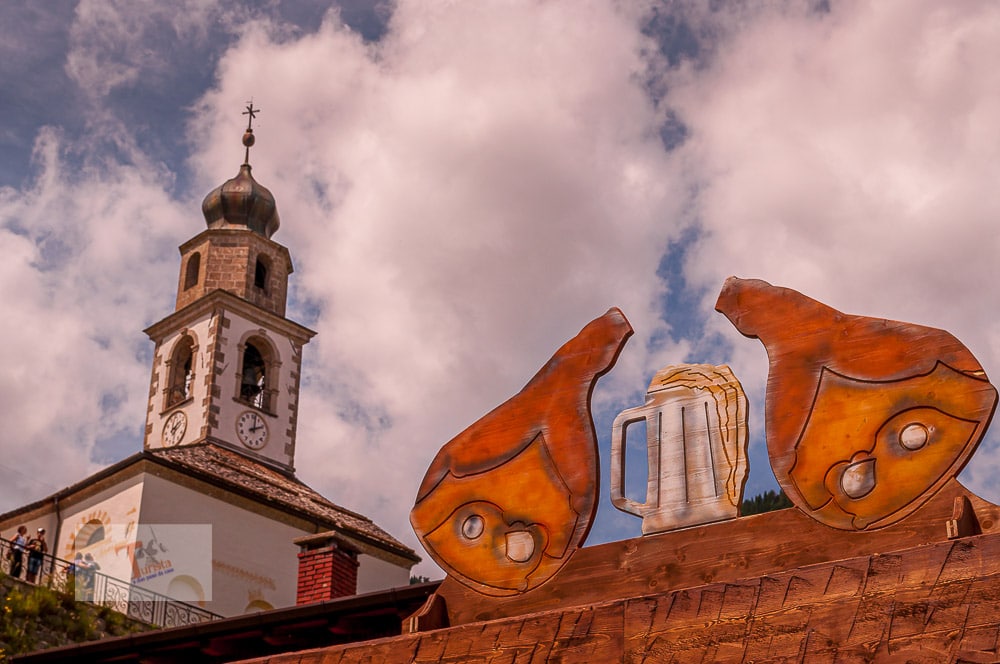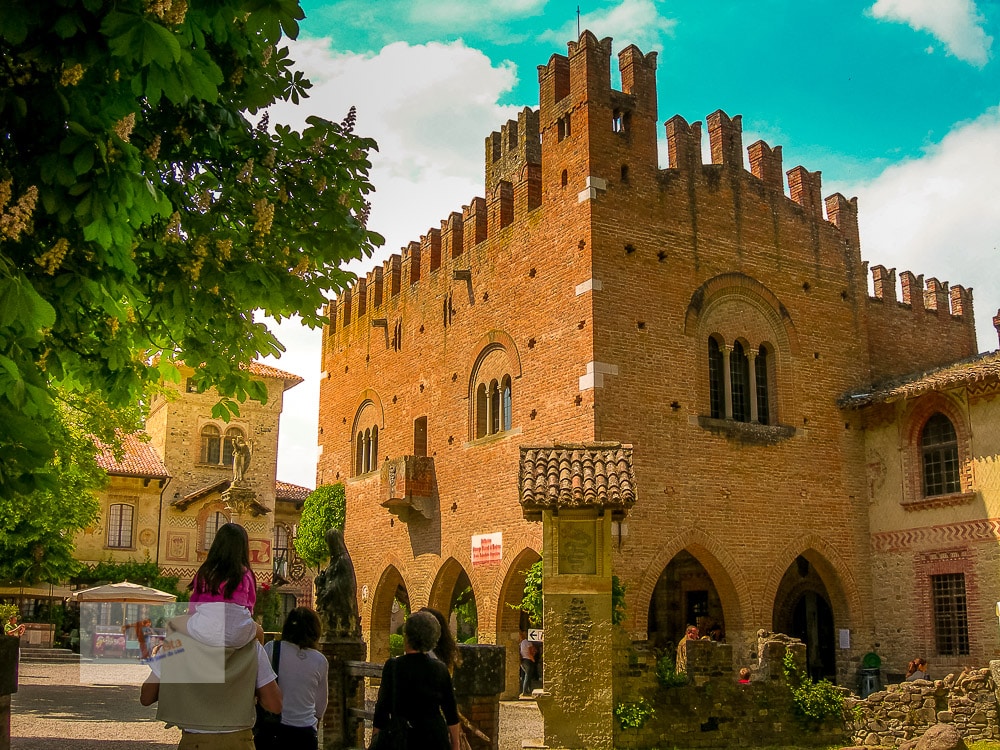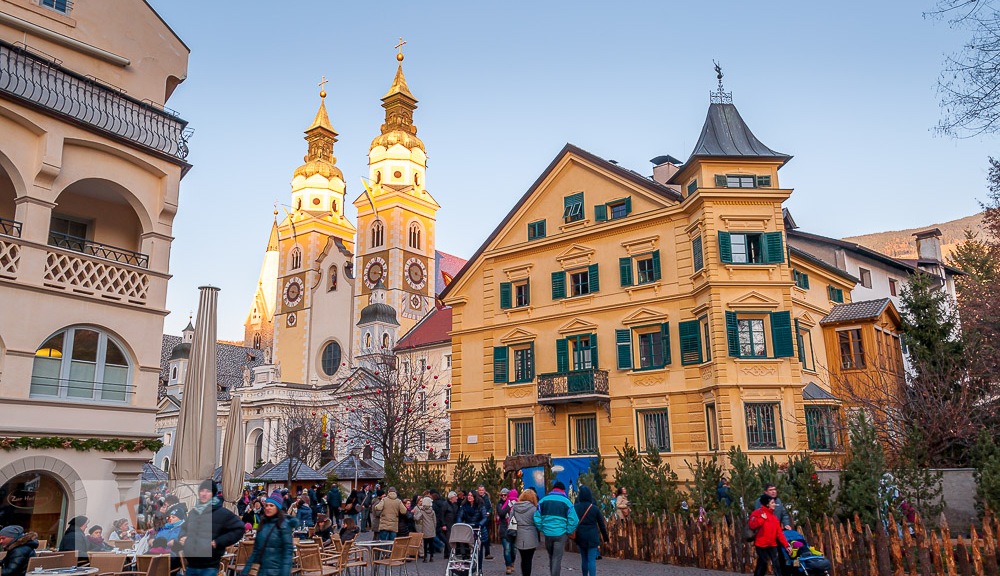We visit Montagnana, in the province of Padua, one of the fortified cities of the Veneto.
Among the walled cities of Veneto, Montagnana, in the province of Padua, is the one that best preserves its medieval walls, but not only. This locality is also appreciated for its Renaissance buildings and for the peculiarity of the city streets.
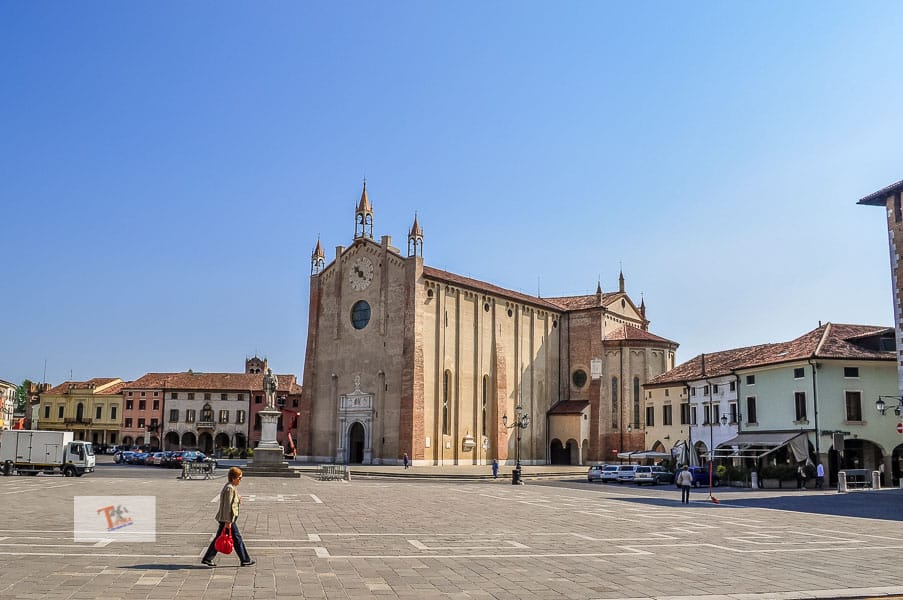
And the walls allow us to access Porta Vicenza to admire the ancient Torre del Borgo and the bell tower. The first is at the top of the pentagon consisting of the walls, while the second is a tower of the usual size and shape, due to the raising of a pre-existing tower that took place in the early 1600s.
The dome
Visiting Montagnana means fully appreciating this town, starting with its large central square, where the late Gothic cathedral stands majestically and which preserves valuable paintings such as the Transfiguration by Paolo Veronese, the three tables by Giovanni Buonconsiglio called il Marescalco, from the 16th century, the votive canvas reproducing the battle of Lepanto (1571).
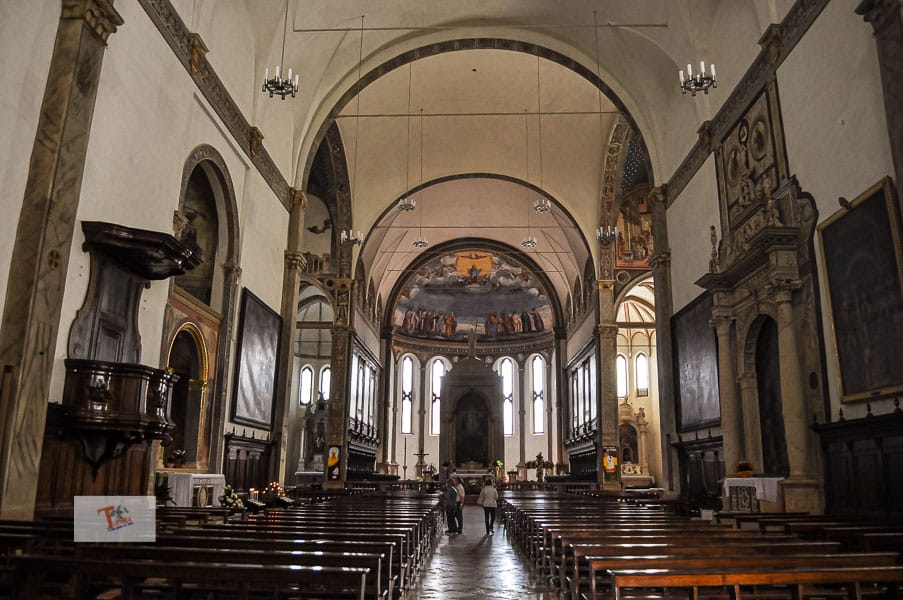
The church, dedicated to Santa Maria Assunta, was built in the place of an ancient cult building. The Cathedral of Montagnana has a Latin cross plan and a single nave, but above all looking at it from the square, it has a particular optical effect. The building is oblique with respect to the square itself, from where you can see both the facade and the southern side of the church.
This orientation allows the building to be a perfect sundial.
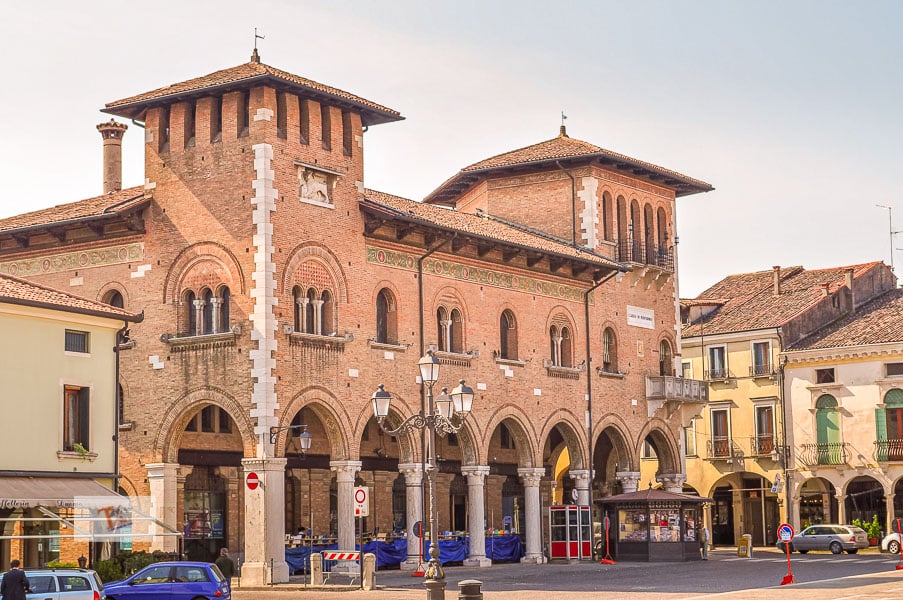
Also on the central square, there is the elegant Palazzo Valeri, a building mentioned by some documents of the fifteenth century and renovated in 1727. Inside it preserves rich testimonies of this period. Another building of considerable historical importance in Montagnana is the ancient Monte di Pietà, the first bank in the history of the city. This palace also overlooks the central square and currently has elegant Renaissance lines due to the renovation in 1765.
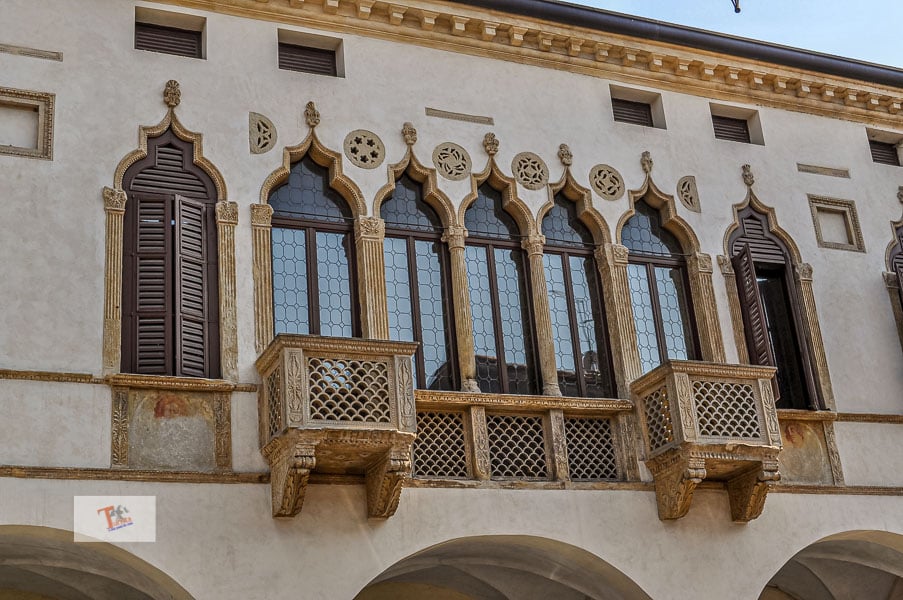
In via Matteotti, there is Palazzo Magnavin-Foratti, in Venetian-Gothic style, a building which seems to have been the residence of Jacopa, wife of the condottiere Erasmo da Narni is known as Gattamelata. In Via Carrarese stands the Palazzo del Comune , a work dating back to 1532 and attributed to the Veronese architect Michele Sanmicheli. Finally, outside the built-up area stands Villa Pisani , one of Palladio’s masterpieces, built in the mid-1500s. It is a two-storey villa of which the upper one was intended for the manor apartments. Inside it preserves statues of Alessandro Vittoria.
San Zeno Castle
Formerly the residence of the Marquis d’Este, the manor rises in the area of the early medieval settlement. As we see it today, it is the result of 13th-century renovations commissioned by Ezzelino to fortify Montagnana.
The Castle of San Zeno has a rectangular plan and is completed by towers. Until the early 19th century it was surrounded by a moat. Over time, the fortification has also been used as an agricultural warehouse and military accommodation.
The churches
There are several churches in the city, in addition to the aforementioned cathedral of San Zeno, the late Romanesque church of San Francesco, and the Clarisse monastery are located in via Scaligera. The church of Sant’Antonio, the oldest in Montagnana, of which we have news from the twelfth century. Also worth visiting is the baroque church of San Benedetto, built in 1771 in place of a previous place of worship. In 1811, by the Napoleonic decree, it was transformed into a girls’ boarding school.
Of note, in via dei Montagnana, the ancient hospital of Santa Maria with a fresco by Giovanni Buonconsiglio which at first sight recalls, for its architecture, more a church than a shelter for the poor and, in the homonymous street, the small church of Sant’Antonio Abate, which has traces of the Templars.
The walls
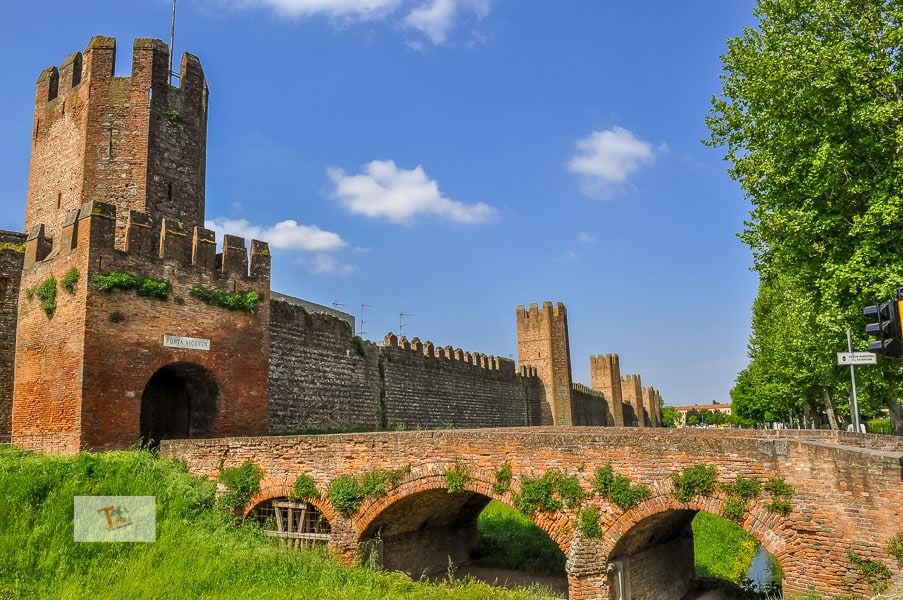
A pleasant walk and also one that allows you to admire the city walls in all their beauty. As we see them, they are an example of the best preserved medieval military architecture in Europe. The oldest stretches date back to the mid-1300s and are those located to the east and west. It was the Carraresi, the lords of Padua, who expanded and strengthened the walls for defensive purposes against the Verona of the Scaligeri, which dominated nearby Legnago.
The Rocca degli Alberi
The imposing Rocca degli Alberi was built by the Carraresi around 1360 with a typically military function. Dominating were the two towers located between the four hinged doors and the bridges linked to the balance wheel.
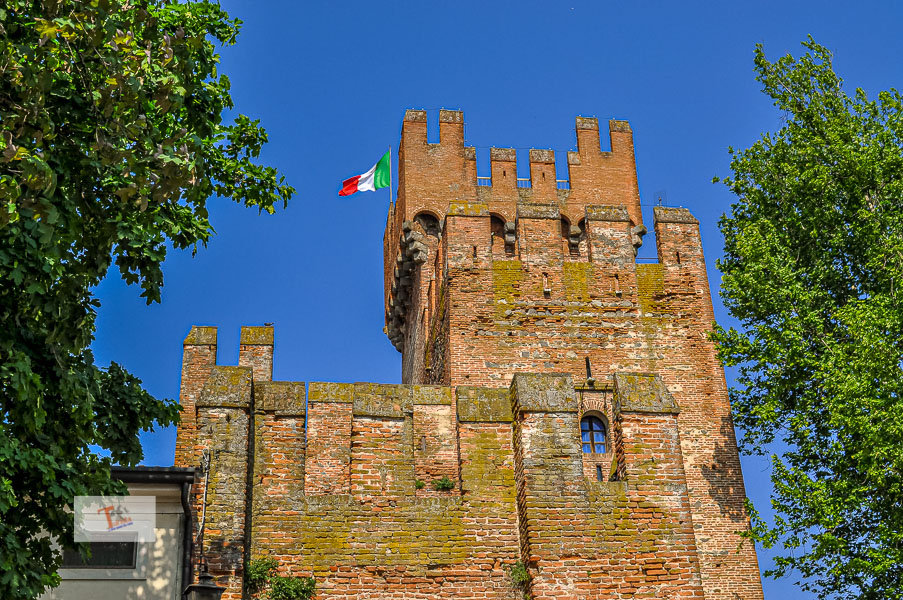
How do I get to Montagnana?
From the A4 motorway, San Bonifacio exit, continue on the Sp7 to your destination. By train, Montagnana station is on the Bologna-Venice line

